Optimal Timing for Chipmunk Removals
Understanding the optimal timing for Chipmunk Removals is essential for effective and humane wildlife management. The timing depends on several factors including the chipmunk's breeding cycle, activity patterns, and seasonal behaviors. Proper timing ensures minimal disruption and increases the likelihood of successful removal.
Spring is often considered ideal for chipmunk removals as young chipmunks are active and less cautious, making them easier to trap or relocate.
This period is suitable because chipmunks are preparing for hibernation, and their activity levels are high, facilitating effective removal.
During winter, chipmunks are hibernating or less active, making removals more challenging and less effective.
Preparation before breeding season begins can prevent chipmunks from establishing new burrows in the area.

A chipmunk emerging from its burrow during spring activity.

Chipmunks actively foraging in late summer.

Chipmunks gathering food in early fall.
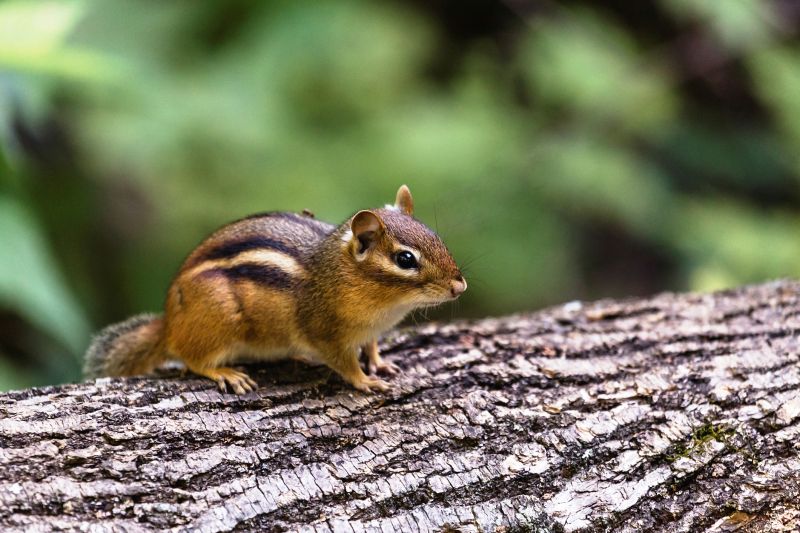
Ways to make Chipmunk Removals work in tight or awkward layouts.

Popular materials for Chipmunk Removals and why they hold up over time.
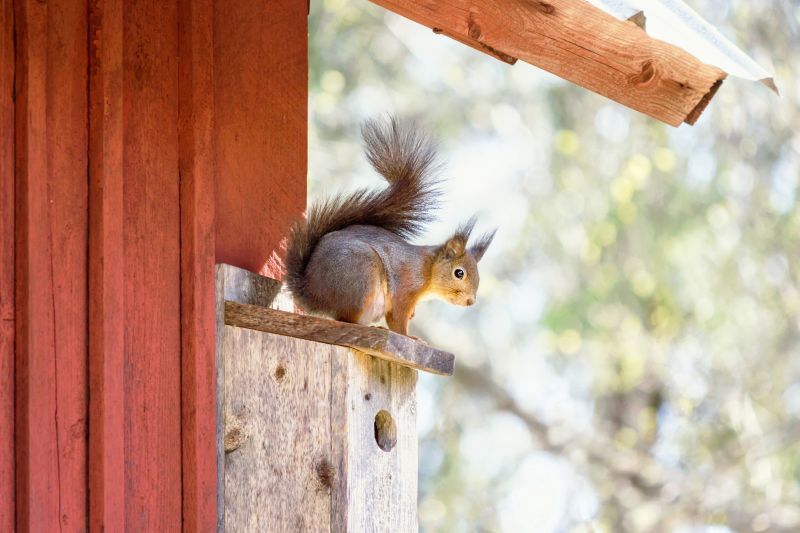
Simple add-ons that improve Chipmunk Removals without blowing the budget.
Chipmunk removals are most effective when timed to coincide with their peak activity periods. During spring and late summer, chipmunks are more visible and accessible, allowing for humane and efficient removal methods. Proper timing also reduces the likelihood of re-infestation, ensuring a more permanent solution.
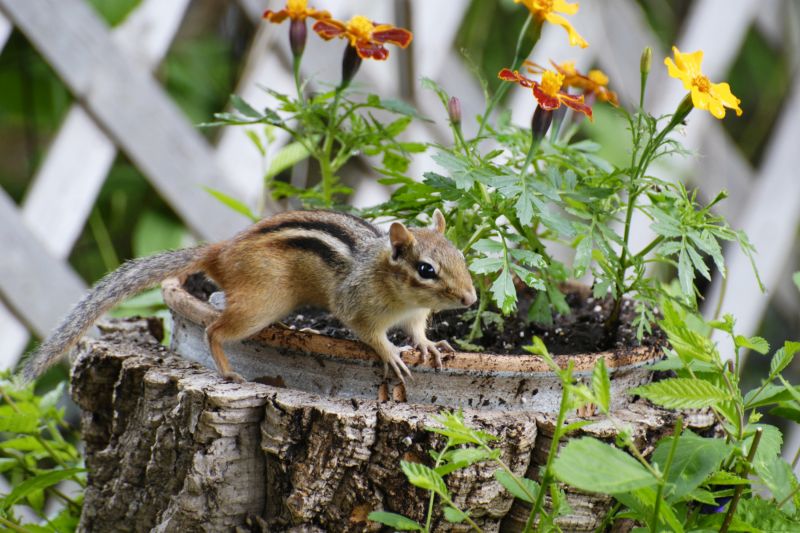
A chipmunk near an entry point in a building.

A typical chipmunk nesting site in a garden.

A chipmunk foraging during active hours.

Humane relocation of a chipmunk away from property.

High-end options that actually feel worth it for Chipmunk Removals.
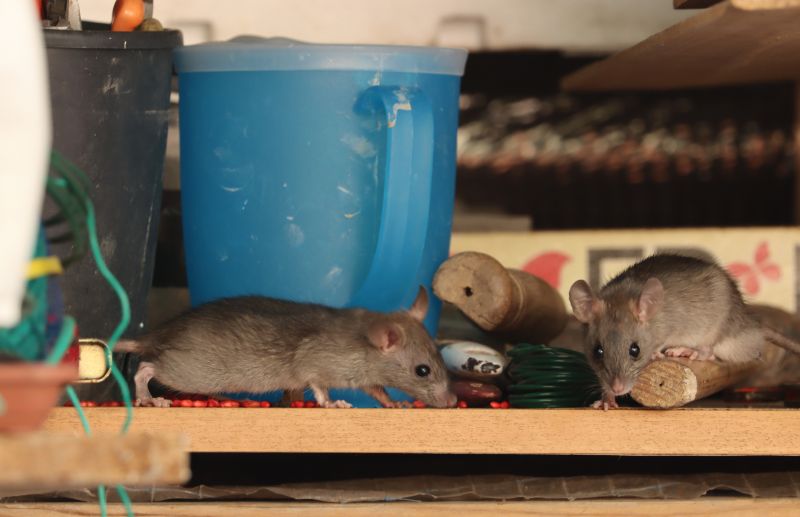
Finishes and colors that play nicely with Chipmunk Removals.

Little measurements that prevent headaches on Chipmunk Removals day.

A 60-second routine that keeps Chipmunk Removals looking new.

A frequent mistake in Chipmunk Removals and how to dodge it.
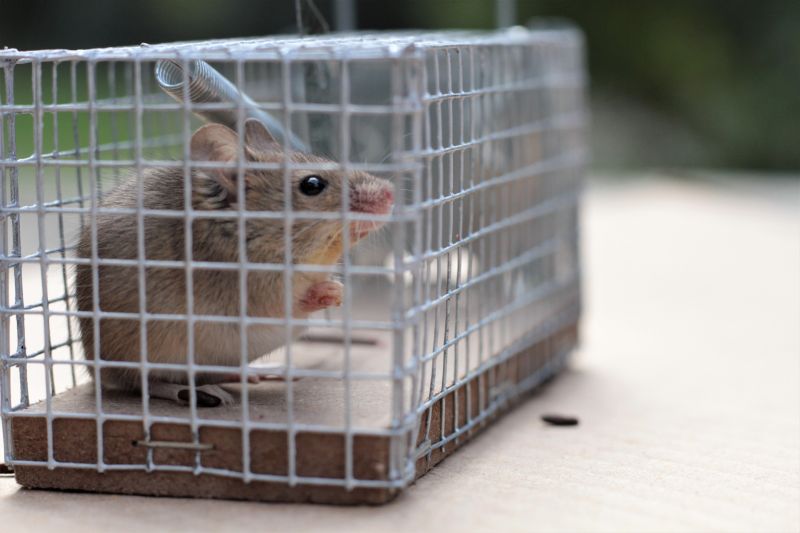
Small tweaks to make Chipmunk Removals safer and easier to use.
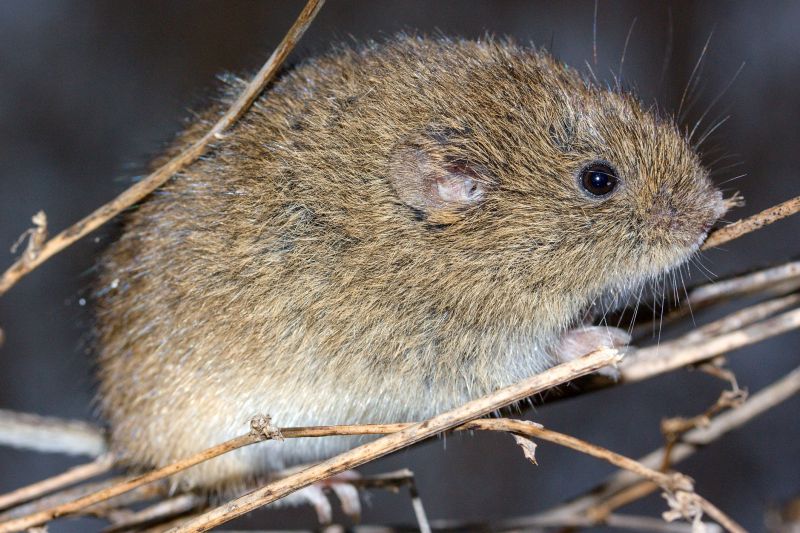
Lower-waste or water-saving choices for Chipmunk Removals.
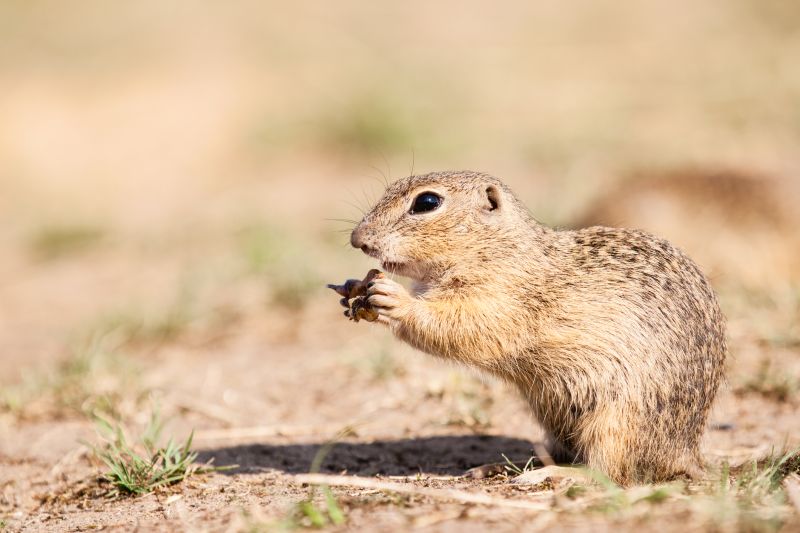
The short, realistic tool list for quality Chipmunk Removals.
| Season | Best Time for Removal |
|---|---|
| Spring | Ideal for young chipmunks; active and easier to trap. |
| Summer | Peak activity; suitable for effective removal. |
| Fall | Good for preparing for hibernation and preventing future issues. |
| Winter | Less effective due to hibernation and reduced activity. |
Timely chipmunk removal can prevent property damage and reduce health risks associated with rodent infestations. Recognizing the seasonal behaviors of chipmunks helps in planning effective interventions. Early action during peak activity periods ensures a higher success rate and minimizes the likelihood of re-infestation.
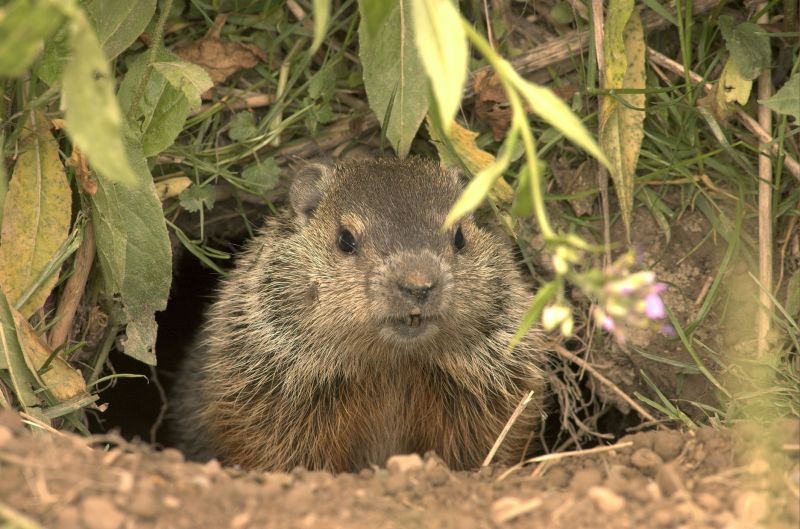
A chipmunk actively foraging in the wild.
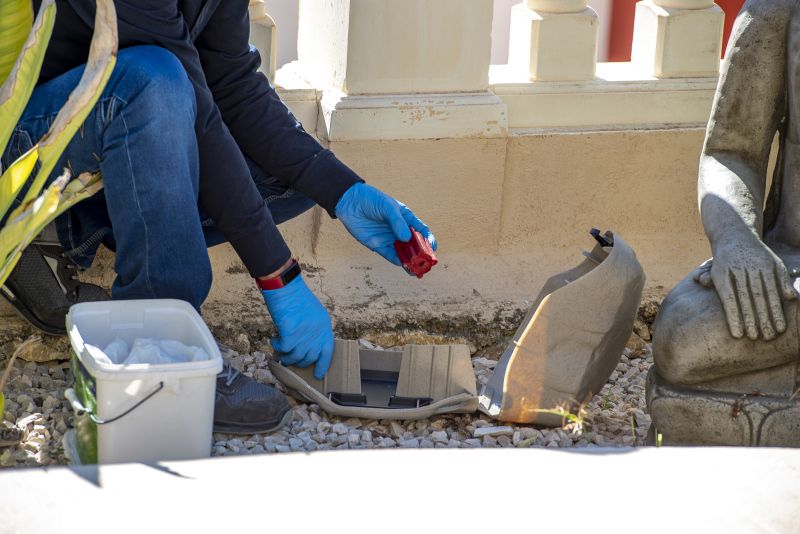
Setting up a humane trap during peak season.

A chipmunk safely relocated away from property.
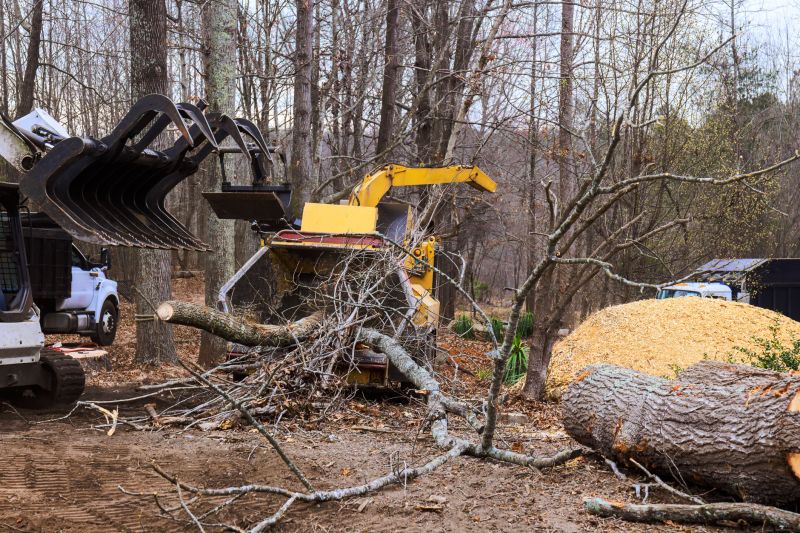
Rough timing from prep to clean-up for Chipmunk Removals.

Quick checks and paperwork to keep after Chipmunk Removals.

Examples that show the impact a good Chipmunk Removals can make.
For those considering chipmunk removal, timing is a crucial factor. Planning during the right season increases the likelihood of success and ensures humane treatment. Properly timed interventions can also reduce the chances of future invasions by addressing the root causes during peak activity periods.
Interested in chipmunk removal services? Filling out the contact form can provide more information and assistance tailored to specific needs.



